Libmysql.dll file is an essential system file for the Windows 10 operating system, and it being missing can potentially create adverse effects. However, lately, a lot of users have been reporting the “Libmysql.dll file missing/ was not found” error. The Libmysql.dll missing error can result from accidental deletion, malware or virus, hardware problem, or even registry problems.
Also Read
Page Contents
How to Fix Libmysql.dll missing / was not found
However, despite the reason behind Libmysql.dll missing, there are several workarounds and fixes that can help you in restoring the file or getting rid of the error. Follow the series of fixes in the article below and check which of them suits your case well.
FIX 1: Restore the file from Recycle Bin:
At times, when the user accidentally deletes the dll file from their system, it can further trigger the “Libmysql.dll missing / was not found” error. Here the first method is to locate and restore the file from Recycle bin. For doing so, follow the steps given below:
- Firstly, open Recycle Bin from your desktop screen.
- Now either manually locate the file or press CTL + F altogether for opening the search bar.
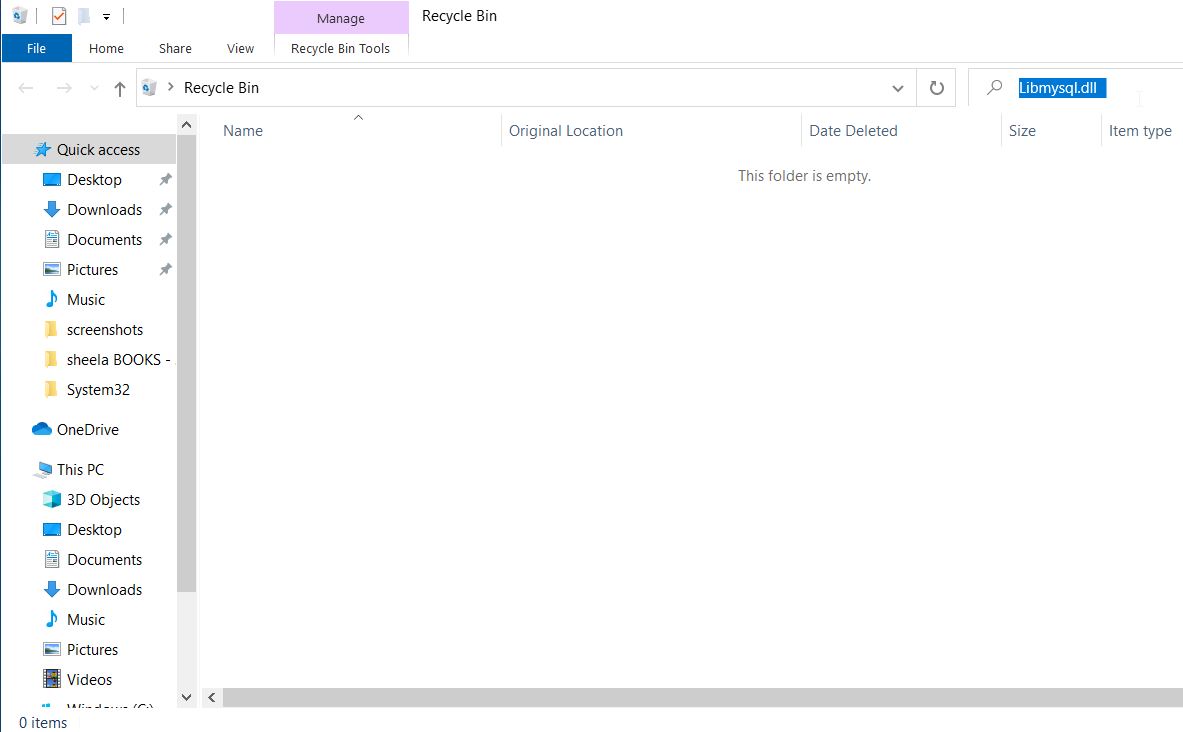
- Further, type Libmysql.dll and then press Enter.
- Once you locate the file, right-click on it and select the option Restore from the context menu.
- Once you are done, the “Libmysql.dll missing / was not found” error will quickly get resolved.
However, if the files were deleted before a month ago, it would now not exist in the Recycle bin. Hence in such cases, it is advisable to use a dedicated tool and locate and restore the file. Dedicated Data recovery software tools can scan your computer to locate and further locate the missing Libmysql.dll files.
FIX 2: Install the latest Windows update:
As per some of the suffered users, installing the latest Windows update, they successfully got rid of the “Libmysql.dll missing / was not found” error. Hence, we recommend you to try the same. For doing so, follow the steps given below:
- Firstly, press WINDOWS + I altogether and open the Settings window.
- Further, click on Update & Security and click over the Check for Updates Your system will now automatically detect and install all the available updates. The process will take some extra time.
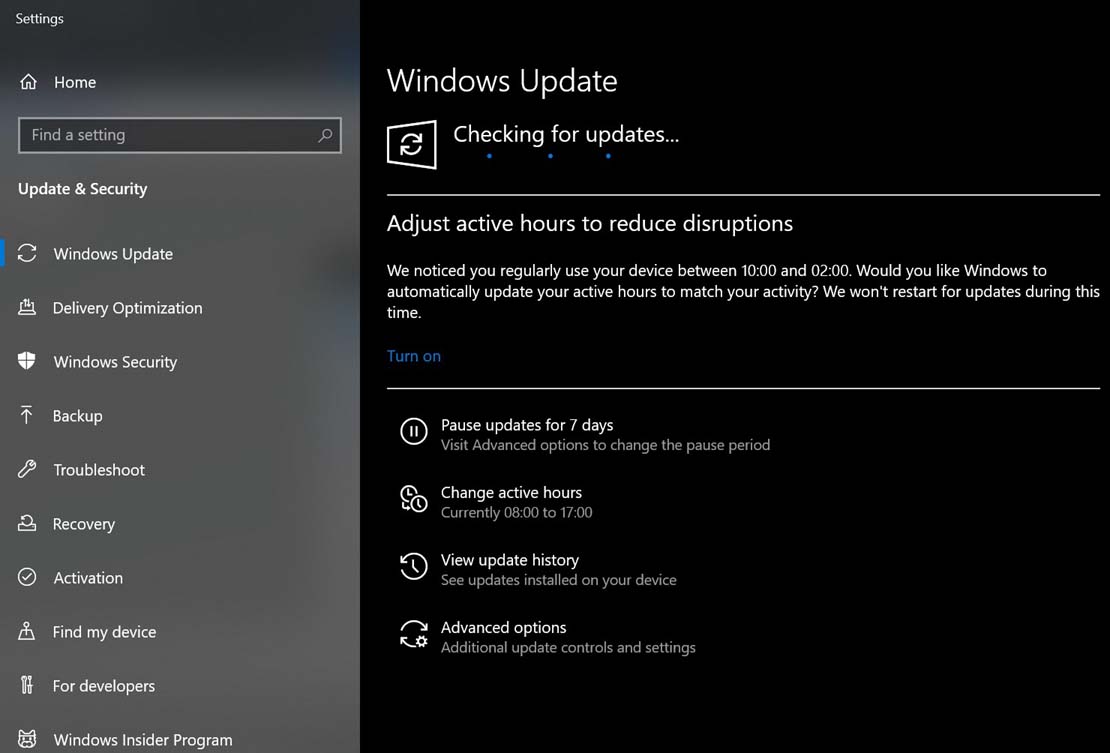
- Let all the available updates get downloaded and installed. Thereafter restart your system and then check whether the said “Libmysql.dll missing/was not found” error gets resolved or not.
FIX 3: Reinstall the program:
As per a lot of suffered users, the “Libmysql.dll missing / was not found” error can get resolved if you reinstall the particular program that is showing the error. So, you need to remove the program and then freshly reinstall it. In the end, check and confirm if the error issue got resolved or not.
FIX 4: Run a virus/malware scan:
To make sure there isn’t any virus or malware that is causing the “Libmysql.dll missing/was not found” issue, it is advisable to run a malware scan. For manually running a malware scan, follow the scanning method using the Windows Defender. Here are the steps for the same:
Run Malware scan using the Windows Defender:
- Firstly, type Windows Defender in the desktop search bar, and open the relevant search result.
- On the Windows Defender security window, navigate to the left-pane menu and click on the Shield icon.
- After that, click on the Advanced scan at the bottom of the screen.
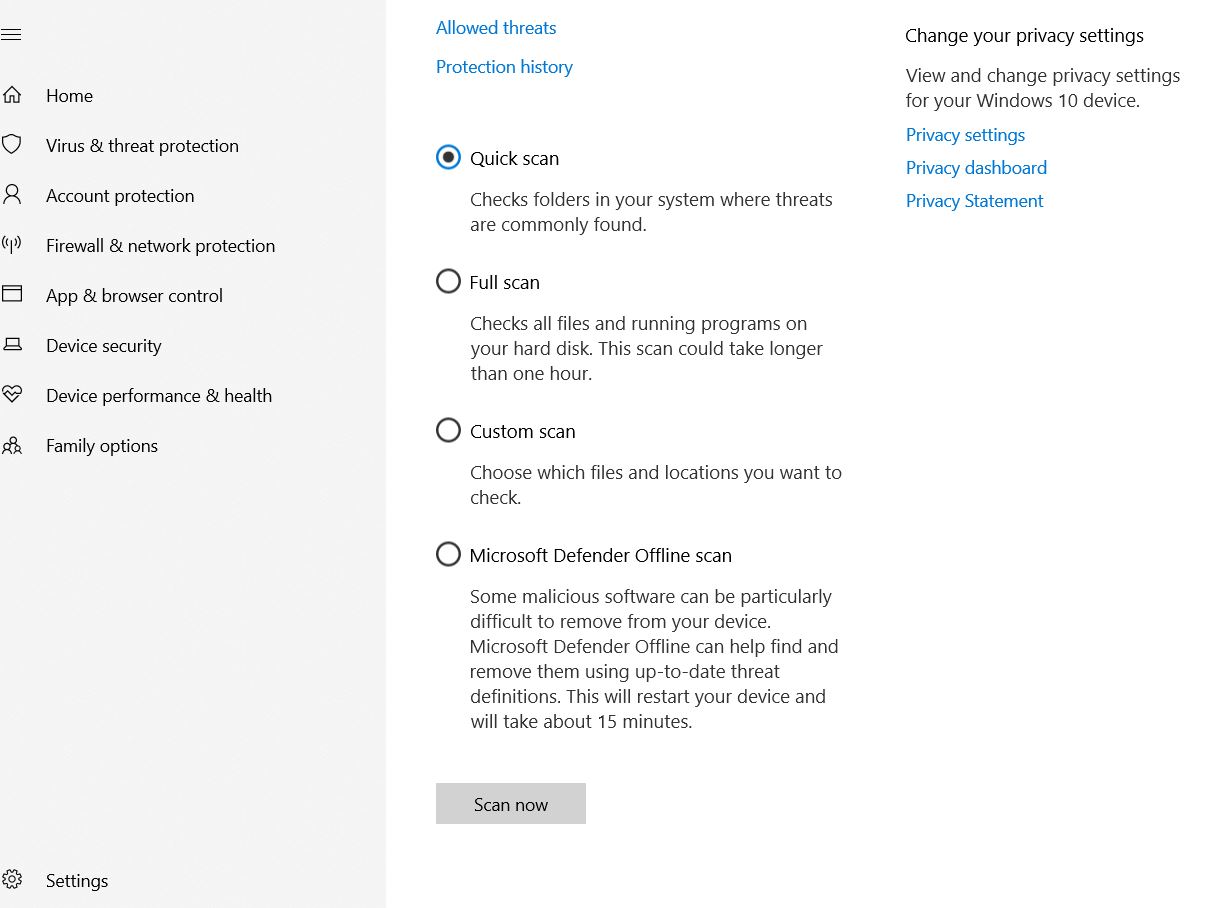
- Further, check the option Full Scan and click Scan now button, it will launch a full system malware scan.
You can also use automated scanning tools available online for the same.
FIX 5: Perform a System Restore:
System Restore takes back your computer to the last date when the existing error was not an issue. In the case of the “Libmysql.dll missing / was not found” issue, it is advisable to perform a System Restore. For doing so, follow the steps given below:
- On the Desktop search bar, type Create a restore point and click on the relevant search result.
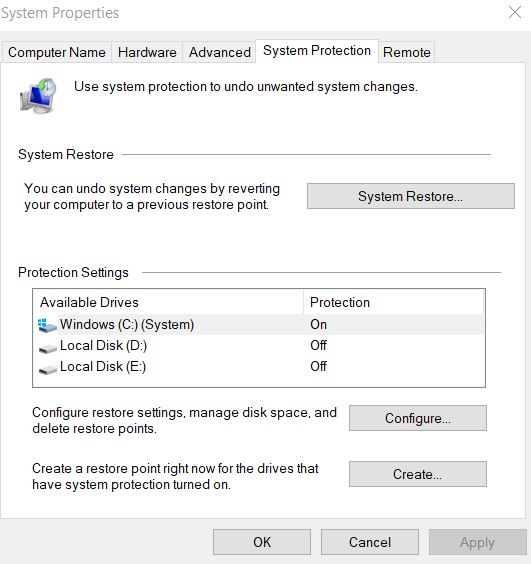
- Now on the System Restore Properties window, click on the System Restore tab and click Next in the newly opened window.
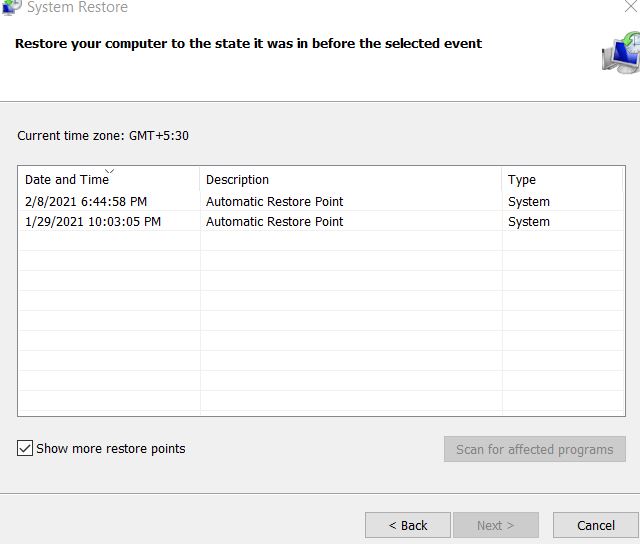
- Then check Show more restore points and choose a past date (when your system was working fine without the current error) to which you want to restore.
- Now click on Next.
- Further, follow the on-screen instructions in order to complete the process.
- Once done, the Libmysql.dll missing / was not found error will get resolved by now.
Libmysql.dll missing files can keep the user from using specific programs and software a lot of time. Libmysql.dll file has a set of procedure and driver functions thus is also responsible for the smooth functioning of your computer.
If you are also facing the Libmysql.dll missing / was not found frequently, then explore the list of fixes above and use them accordingly in your system. By the end of it, you will be able to eliminate the error or restore the file quickly. If you have any queries or feedback, please write down the comment in the below comment box.
